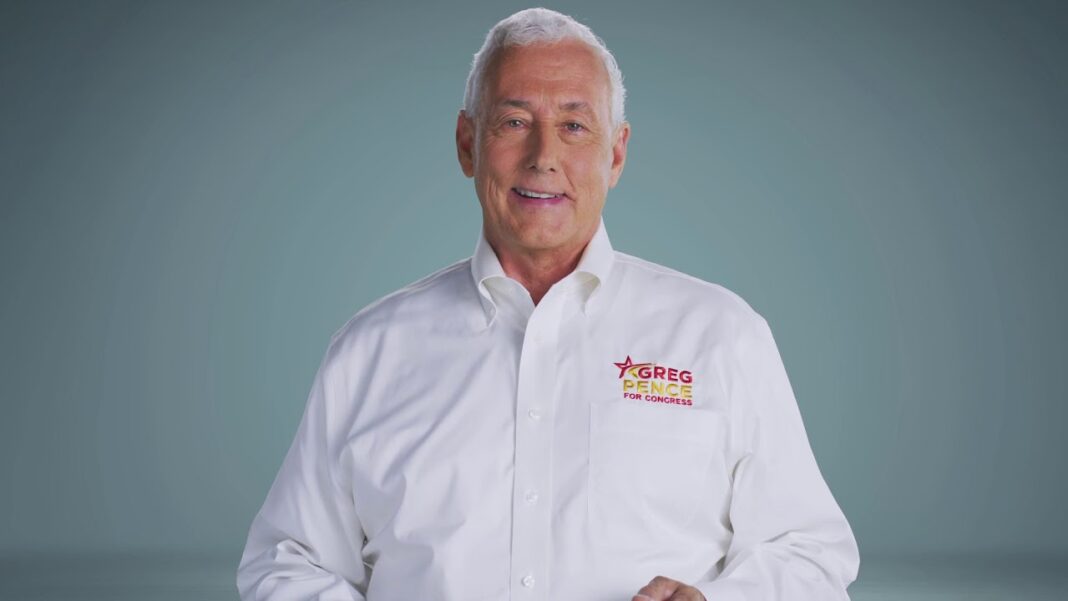The election committee of the Arizona Senate held a hearing on Monday featuring the results of an investigation into Maricopa County’s 2022 midterm election conducted by the election integrity group We the People AZ (WPAZ). Commissioned by outgoing Senate President Karen Fann (R-Prescott), the group submitted public records requests to Maricopa County Elections Department to obtain the data. The leader of WPAZ, Shelby Busch, testified to the committee chaired by State Senator Wendy Rogers (R-Flagstaff) that 464,926 ballots fed into tabulators on Election Day in Maricopa County, 217,305 were rejected, which is nearly a 50 percent failure rate.
Busch told the legislators it was a “complete systemic failure” of signature verification and urged “legislative intervention.” She warned that the system is “vulnerable to fraud.”
Dr. Walter Daugherity, a math professor at Texas A&M University, testified that he was 99.999 percent confident that there were 290,644 bad signatures accepted in the election.
Of the verified signatures, 47,366 failed to meet the basic Arizona Secretary of State standards, the group found. Busch showed how they failed multiple points of the 12 points of signature verification. A full 10 percent “egregiously” failed signature verification.
Busch said every single one of the 446 tabulators in Maricopa County failed the allowable error standard allowed by the Electoral Assistance Commission (EAC). The EAC allows for only a misfeed rate of .002 percent, or one out of every 500. Some had a failure rate as high as 95 percent.
Busch said they found 1,870 ballots that were illegally cured. She provided examples showing ballots with no signature, no phone number, and other discrepancies.
Some ballots were illegally cured after the deadline, Busch said. While there is a curing period of five days for most ballots, if there is no signature on the envelope, the curing period is 7 p.m. on Election Day. She could tell from the metadata that ballots were cured after the deadline.
Many ballots had names signed that were different than the voters’ names, yet workers placed labels over them, “altering the ballot affidavit to match the voter registration,” Busch said.
Read Full Article on TennesseeStar.com






